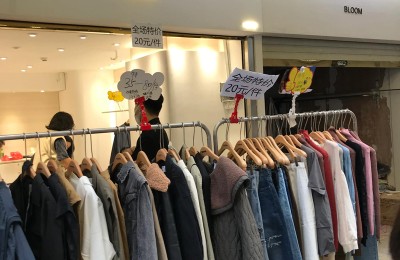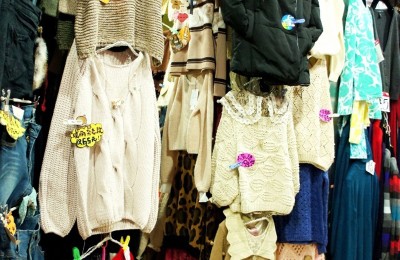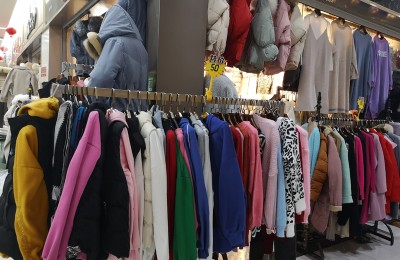What does the fabric count mean? Which one is better, 40s or 60s?
What is the count of the fabric?
The fabric count is generally expressed by the British count (S) in the “fixed weight system”, which is used to indicate the thickness of spinning yarn. In this form, under the premise of the public traceability rate (8.5%), each pound of spun yarn contains as many skeins of 840 yards per skein. The count is also related to the length and quality of the spun yarn. In order to let everyone better understand the concept of count, here is an example. For example, if 1 tael of cotton is made into 60 taels of yarn with a length of 1 meter, it means It is 60S. If 80 yarns with a length of 1 meter are made, it is expressed as 80S.
Therefore, as the count of spun yarn increases, the yarn will become finer and the fabric made will be thinner. This kind of fabric is special It is comfortable and soft, but high thread count means higher requirements for the quality of raw materials and higher fabric technology, and the cost of fabrics will also rise.
As mentioned earlier, the higher the count, the thinner the corresponding spinning yarn, but it does not mean that the higher the count of the fabric, the better. We The thread count should be selected according to the specific use of the item. For bedding, the thread count requirements are not high. The main ones are 21s, 30s, 40s, and 60s, with 30 to 60 threads being more commonly used. In summer, you can use 40S fabric, which will be more breathable and thinner, while in winter, you can choose 21S fabric, which will be thicker and warmer.

Which one is better, 40s or 60s?
In terms of quality, 60S fabrics will be thinner than 40S yarns, and high-count fabrics have higher requirements for raw material quality, and The price of 60s fabric will be higher, but it is not very suitable for making bedding, so if you are producing summer work clothes, 60S fabric may be better. Of course, there are also fabrics above 80S, which are mostly used to produce high-end suits.
I share knowledge about fabrics with you every day. If you want to learn more about fabrics, you can continue to pay attention to this site or the public account “Hall 3” learn more.
BBBFGHTYHCGER
Disclaimer:
Disclaimer: Some of the texts, pictures, audios, and videos of some articles published on this site are from the Internet and do not represent the views of this site. The copyrights belong to the original authors. If you find that the information reproduced on this website infringes upon your rights and interests, please contact us and we will change or delete it as soon as possible.
AA





